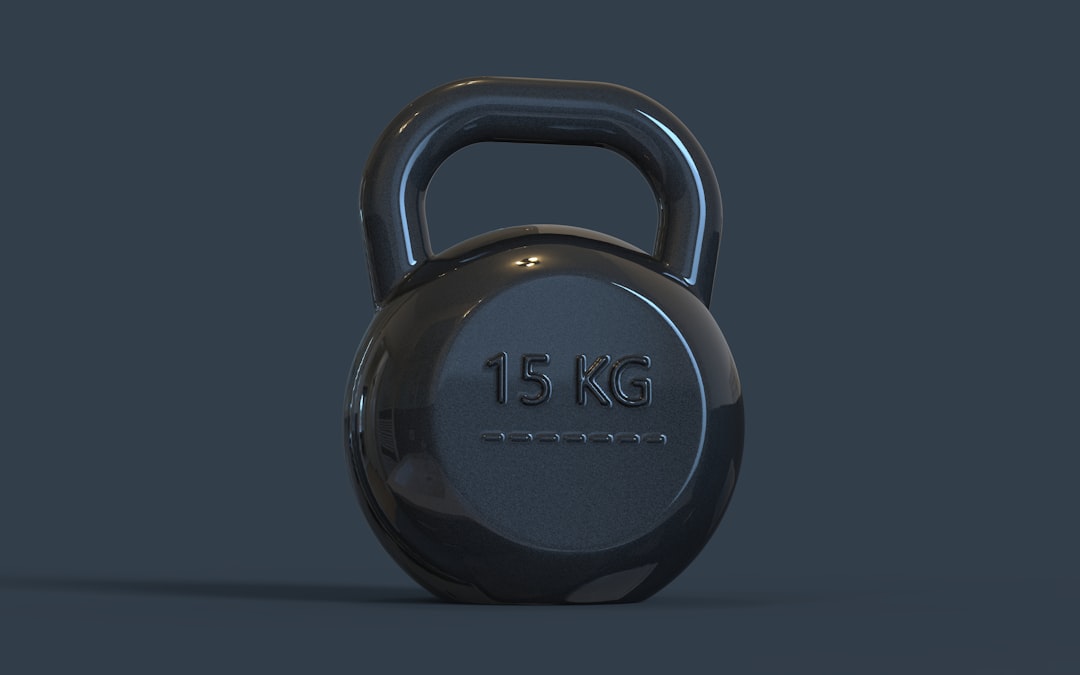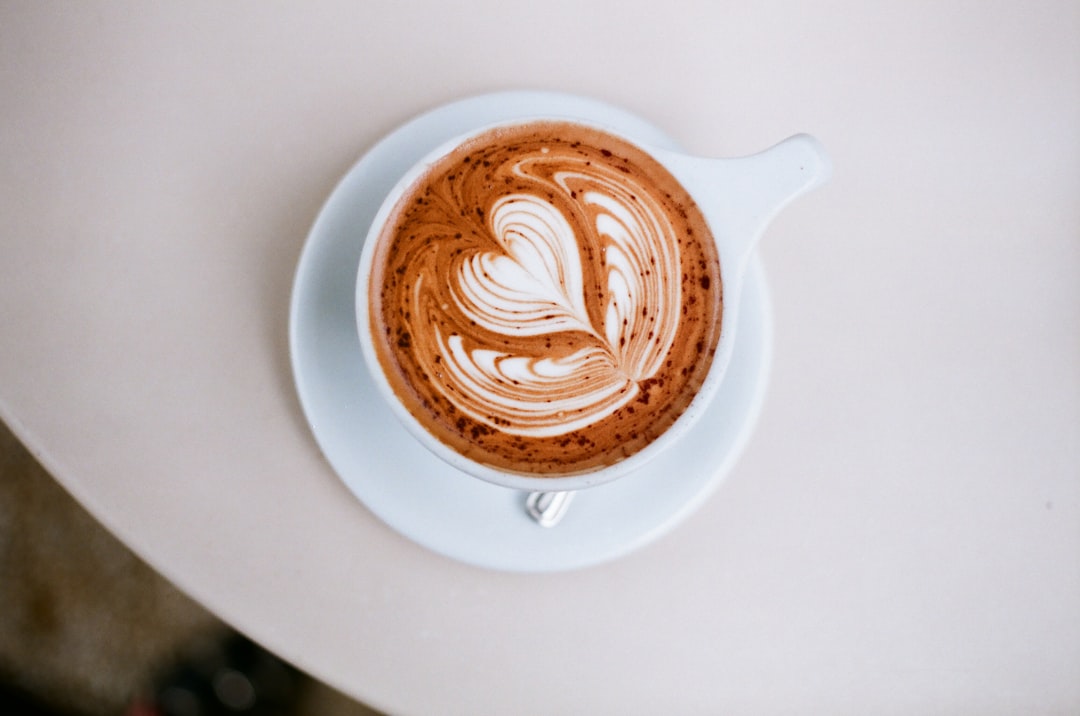In the world of specialty coffee, the grind size is a critical factor that can significantly influence the final cup’s flavor, aroma, and overall quality. The grind size refers to the coarseness or fineness of the coffee beans after they have been ground, and it plays a pivotal role in the brewing process. Specialty coffee, known for its unique flavors and characteristics, requires precise attention to detail, and grind size is one of the most fundamental aspects that can make or break the brewing experience.
Understanding how grind size interacts with various brewing methods is essential for any coffee enthusiast looking to elevate their coffee game. The importance of grind size extends beyond mere aesthetics; it directly affects the extraction process during brewing. When coffee grounds are too coarse or too fine, the extraction can be uneven, leading to undesirable flavors in the final cup.
For instance, a coarse grind may result in under-extraction, producing a weak and sour taste, while a fine grind can lead to over-extraction, resulting in bitterness. Therefore, mastering grind size is not just about achieving a specific texture; it is about unlocking the full potential of the coffee beans and ensuring that each cup reflects the intricate flavors that specialty coffee has to offer.
Key Takeaways
- Grind size plays a crucial role in brewing specialty coffee, affecting extraction, flavor profile, and overall quality of the brew.
- Different brewing methods require specific grind sizes to achieve optimal extraction and flavor.
- Adjusting grind size for different brewing devices is essential for achieving the perfect cup of specialty coffee.
- Consistently achieving the perfect grind size requires attention to detail and the right tools for the job.
- Understanding the relationship between grind size and extraction time is key to mastering the art of brewing specialty coffee.
The Importance of Grind Size in Brewing Specialty Coffee
Grind size is paramount in brewing specialty coffee because it directly influences how water interacts with the coffee grounds during extraction. When hot water passes through coffee grounds, it dissolves soluble compounds, which contribute to flavor and aroma. The surface area of the coffee grounds plays a crucial role in this process; finer grounds have more surface area exposed to water, leading to faster extraction.
Conversely, coarser grounds have less surface area, resulting in slower extraction. This relationship between grind size and extraction time is fundamental to achieving a balanced cup of coffee. Moreover, different brewing methods require different grind sizes to optimize extraction.
For example, espresso machines require a fine grind to create the necessary pressure for extraction within a short time frame. In contrast, methods like French press or cold brew benefit from coarser grinds that allow for longer steeping times without over-extracting the coffee. Understanding these nuances is essential for any barista or home brewer aiming to produce high-quality specialty coffee consistently.
The right grind size not only enhances flavor but also ensures that the brewing process is efficient and effective.
Understanding Different Grind Sizes and Their Effects on Extraction

Grind sizes can generally be categorized into several distinct types: coarse, medium-coarse, medium, medium-fine, and fine. Each category serves a specific purpose in various brewing methods. Coarse grinds resemble sea salt and are ideal for methods like French press and cold brew, where longer extraction times are employed.
The larger particles allow for a slower infusion of flavors without risking over-extraction, which can lead to bitterness. Medium-coarse grinds are slightly finer and are often used in pour-over methods like Chemex or in some drip coffee makers. This grind size strikes a balance between allowing sufficient extraction while preventing over-extraction. Medium grinds are versatile and can be used in standard drip coffee makers or Aeropress with a longer brew time.
Finally, fine grinds are essential for espresso machines, where water is forced through tightly packed grounds under high pressure, necessitating a very fine texture to achieve optimal flavor extraction.
Finding the Right Grind Size for Your Brewing Method
| Brewing Method | Grind Size | Extraction Time | Flavor Profile |
|---|---|---|---|
| French Press | Coarse | 4 minutes | Full-bodied, rich |
| Drip Coffee Maker | Medium | 5-6 minutes | Balanced, smooth |
| Aeropress | Fine | 1-2 minutes | Bold, intense |
| Espresso | Very Fine | 20-30 seconds | Rich, concentrated |
Finding the right grind size for your chosen brewing method involves experimentation and an understanding of how each method extracts flavors from coffee grounds. For instance, if you are using a French press, starting with a coarse grind is advisable. This allows for a full-bodied cup with rich flavors while minimizing sediment in the final brew.
The steeping time typically ranges from four to five minutes, during which the coarser particles slowly release their flavors into the water. On the other hand, if you opt for an espresso machine, you will need to adjust your grinder to produce a fine grind. The extraction time for espresso is significantly shorter—usually around 25-30 seconds—so achieving the right consistency is crucial for creating that rich crema and balanced flavor profile.
A good practice is to start with a standard grind size recommended for your brewing method and then adjust based on taste preferences and results. Keeping notes on your grind settings and brew times can help refine your process over time.
The Impact of Grind Size on Flavor Profile
The impact of grind size on flavor profile cannot be overstated; it is one of the most significant variables affecting how flavors are extracted from coffee beans. When coffee is ground too finely for a particular brewing method, it can lead to over-extraction, where undesirable bitter compounds are released into the brew. This can overshadow the more delicate flavors that specialty coffee offers, such as fruity or floral notes.
Conversely, if the grind is too coarse, under-extraction occurs, resulting in a weak and sour cup that lacks depth. For example, when brewing with a pour-over method using a medium-fine grind, you may notice bright acidity and complex flavors emerging from the coffee. This is because the water has enough contact time with the grounds to extract those nuanced flavors without pulling out excessive bitterness.
In contrast, using a coarse grind in an espresso machine may result in a flat and uninteresting shot due to insufficient extraction of soluble compounds. Therefore, understanding how grind size influences flavor allows brewers to tailor their approach to highlight specific tasting notes inherent in their chosen beans.
How to Adjust Grind Size for Different Brewing Devices

Adjusting grind size for different brewing devices requires familiarity with both your grinder’s settings and the specific requirements of each brewing method. Most grinders come with adjustable settings that allow you to switch between coarse and fine grinds easily. For instance, if you are transitioning from a French press to an espresso machine, you will need to make significant adjustments to your grinder’s settings.
When switching from coarser grinds to finer ones, it’s essential to make incremental adjustments rather than drastic changes all at once. This approach allows you to taste-test your brews and find the sweet spot for each method. For example, if you find that your espresso shots are tasting overly bitter, you might want to slightly coarsen your grind by one or two notches on your grinder before trying again.
Similarly, if your pour-over tastes weak or sour, you may need to fine-tune your grind size downwards until you achieve a balanced flavor profile.
Tips for Consistently Achieving the Perfect Grind Size
Achieving consistency in grind size is crucial for producing high-quality specialty coffee consistently.
Burr grinders crush beans between two abrasive surfaces, resulting in more uniform particle sizes compared to blade grinders that chop beans unevenly.
Another tip is to regularly calibrate your grinder based on your brewing method and desired flavor profile. Keeping track of your settings and results can help you identify patterns and make informed adjustments over time. Additionally, always use freshly roasted beans and store them properly in an airtight container away from light and moisture; stale beans can lead to inconsistent extraction regardless of grind size.
Common Mistakes to Avoid When Grinding Specialty Coffee
One common mistake many coffee enthusiasts make is not paying attention to their grinder’s settings when switching between different brewing methods. Each method has its own ideal grind size; failing to adjust accordingly can lead to disappointing results. For instance, using an espresso grind in a French press will likely result in an overly bitter cup due to over-extraction.
Another frequent error is neglecting the importance of freshness in both beans and grind size. Grinding coffee too far in advance can lead to stale flavors as volatile compounds dissipate quickly after grinding. It’s best practice to grind just before brewing whenever possible to capture the freshest flavors from your beans.
The Role of Grind Size in Espresso Brewing
In espresso brewing, grind size plays an especially critical role due to the unique nature of the extraction process involved. Espresso requires finely ground coffee because it relies on high pressure (typically around 9 bars) forcing hot water through tightly packed grounds within a short timeframe—usually 25-30 seconds. This rapid extraction means that even slight variations in grind size can dramatically affect flavor.
If the grind is too coarse, water will flow through too quickly without extracting enough flavor compounds, resulting in a weak shot with little crema and flat taste notes. Conversely, if the grind is too fine, it can lead to over-extraction where bitter compounds dominate the flavor profile. Therefore, achieving the right balance is essential for producing rich espresso shots that showcase both sweetness and complexity.
Exploring the Relationship Between Grind Size and Extraction Time
The relationship between grind size and extraction time is fundamental in understanding how different brewing methods work. Finer grinds increase surface area exposure to water, leading to quicker extraction times; this is why espresso requires such finely ground coffee compared to other methods like French press or cold brew that utilize coarser grinds with longer steeping times. For example, when using a pour-over method with medium-fine grinds, you might aim for an extraction time of around three minutes; this allows enough time for optimal flavor extraction without veering into bitterness territory.
In contrast, if you were using coarser grinds for cold brew—which typically steeps for 12-24 hours—the longer contact time compensates for slower extraction rates associated with larger particles.
Experimenting with Grind Size to Elevate Your Specialty Coffee Experience
Experimentation with grind size is not just an exercise in precision; it’s an opportunity for discovery within the realm of specialty coffee. By understanding how different grind sizes affect extraction and flavor profiles across various brewing methods, enthusiasts can unlock new dimensions of taste that elevate their coffee experience significantly. Whether you’re adjusting settings on your grinder or trying out new beans with different textures, each adjustment offers insights into what makes specialty coffee so unique and enjoyable.
Ultimately, mastering grind size requires patience and practice but pays off immensely when it comes to crafting exceptional cups of coffee that reflect both skill and appreciation for quality beans. As you continue your journey through specialty coffee brewing techniques, remember that every cup presents an opportunity for exploration—so don’t hesitate to experiment with different grind sizes until you find what resonates best with your palate.
FAQs
What is the ideal grind size for specialty coffee?
The ideal grind size for specialty coffee depends on the brewing method being used. Different brewing methods require different grind sizes to achieve the best flavor extraction.
What grind size is ideal for espresso?
Espresso requires a fine grind size, similar to table salt, in order to achieve the proper extraction time and flavor profile.
What grind size is ideal for pour-over coffee?
Pour-over coffee requires a medium-fine grind size, similar to granulated sugar, to allow for a balanced extraction and a clean, bright flavor.
What grind size is ideal for French press coffee?
French press coffee requires a coarse grind size, similar to breadcrumbs, to allow for a longer steeping time and a full-bodied, rich flavor.
What grind size is ideal for cold brew coffee?
Cold brew coffee requires a very coarse grind size, similar to peppercorns, to prevent over-extraction and achieve a smooth, mellow flavor.
Why is grind size important for specialty coffee?
Grind size is important for specialty coffee because it directly impacts the rate of extraction and the flavor profile of the final cup. Using the correct grind size for a specific brewing method is essential for achieving the best possible flavor.


